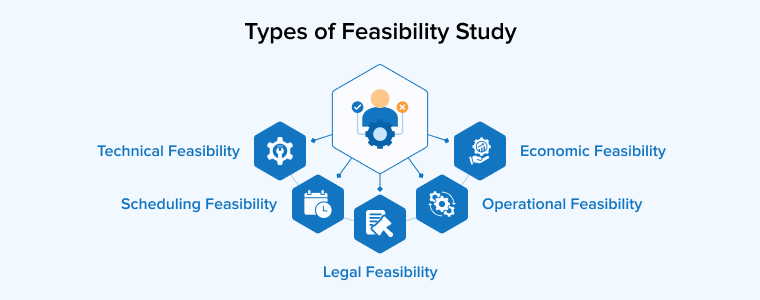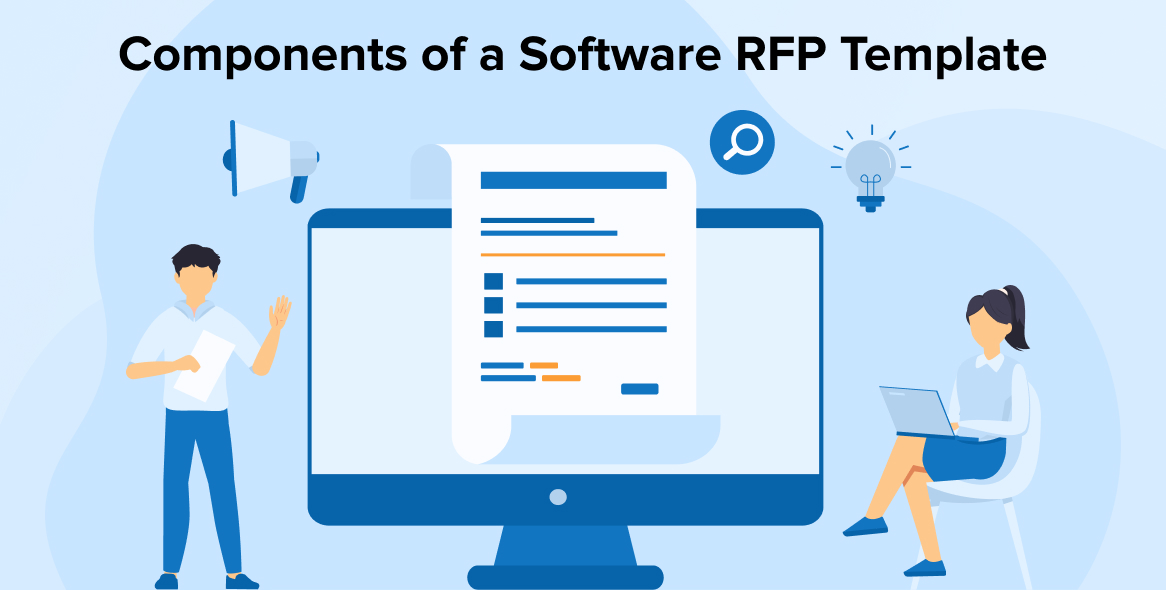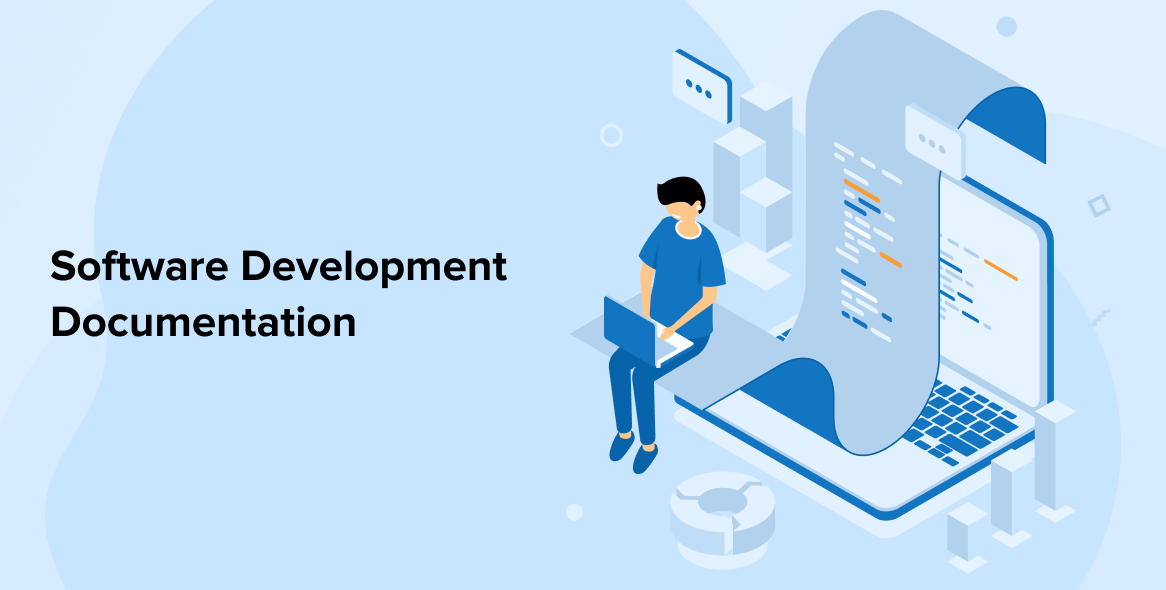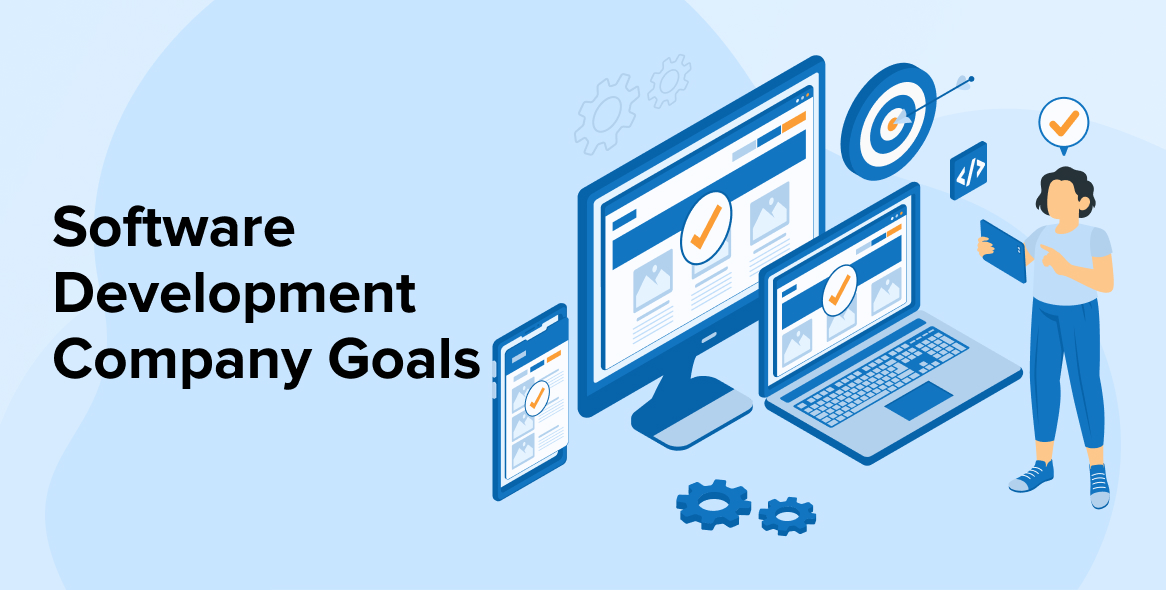
Businesses at all levels pose risks with the software products they develop or buy. These risks can be initially prevented if they check the sustainability of the products and understand whether they’ll thrive in the current evolving market or not. To validate this thought, there are feasibility studies that can be conducted to understand what is the future scope of the proposed project. This is universal which means this applies to all industries and specifically it holds a better vision for software engineering and development sectors.
A feasibility study is performed on a software project to understand the viability of the product. Understanding a project’s feasibility has a lot to do with how it will perform in the market, what will work, what competitors have created and how will this product survive. Here in this blog, we will be discovering the reasons why one should do a feasibility study and define a feasibility study in software engineering. Also, we will uncover all the aspects of the feasibility of the study process. We will also be understanding its types and the best practices which will help you to maintain the new software at its best.
1. What is Feasibility Study in Software Development?
A feasibility study is part of the initial design stage of any proposed project/plan. It is carried out to evaluate the feasibility of a proposed project or an existing software used by the business. It can assist in identifying and assessing the opportunities and threats present in the natural environment, the resources needed for the project, and the chances of success.
Well, in terms of software development, the feasibility study ensures the analysis of every small aspect of the feasibility of the proposed software or project. In this stage of the feasibility study, there are four steps of the Software Project Management Process. From a technical perspective, a feasibility study will help you analyze for multiple purposes to understand whether the software will be able to withstand the market or not. This feasibility study helps developers understand the product in the right terms from the point of view of development, implantation, the contribution of the project to the organization, etc. businesses are also free to leverage software development services from experts of the business.
In software development, the feasibility study in software engineering is one of the most time-consuming and sophisticated aspects. Here the viability of a product means the technical side of the product that is intended to develop.
As previously stated, technical feasibility investigates any technical challenges of a project. However, it is unavoidably influenced by and is dependent on the available money, deadlines, legal limits, and post-development activities (support and maintenance).
Talking about the software feasibility, specifically, it initially evaluates the ideation phase of product development, following the needs of the preliminary project,
- Business analysts’ functional requirements define solution features.
- Non-functional requirements are often gathered by a software architect and are related to system attributes such as performance, scalability, and so on.
It starts with analyzing the feasibility of the proposal and is validated at the end of the day. Software analysis serves as the foundation for a business plan that describes how to get the initiative from the concept of software to bring it to reality by development. If the criteria do not meet, you must manage the client’s expectations and suggest alternate methods of achieving business objectives.
1.1 Need for Feasibility Study
In case businesses are still not sure why they should look for the feasibility of a product/application/software then you must know the reasons why they should be doing a feasibility study on existing software or new software.
1. Obtain a Broader Perspective
Project execution is not an easy task. Having said that, everyone involved in the project bears a great deal of responsibility. Especially a project manager or team lead has the primary responsibility. Hence, it is critical to understand the opportunity and risk involved in initiating and completing a project. One must take a broader view which also helps you in keeping each and every factor in mind, which are the key highlights and the significance of feasibility studies.
2. It Helps You Devise a Strategy
When you use a feasibility study, you can list all risks and opportunities at the start of the project so that you have a big picture. As a result, planning is simplified. If you do not complete the study, you may have to rethink your strategy.
3. Execution Gets Simple
When you create a proper plan, you have halfway won the battle of the project development, but the execution is critical to the project’s success. When the feasibility study is completed, you can create a proper plan to pave the way for execution. Execution will involve costs, time, and resources, so it will be feasible to use all after a thorough study of the project’s viability and complete the project economically, exceeding client expectations.
4. Get Ready with an Alternative
If something goes wrong due to any uncertainty, a detailed feasibility analysis will allow the team lead to make an alternate plan on the fly.
2. Types of Feasibility Study

Here are some important types of feasibility study in software development to consider.
2.1 Technical Feasibility
Technical Feasibility analyses and evaluates the project’s current resources, including hardware and software along with the technical requirements of the proposed system. In simple words, a technical feasibility study gives a report on whether there exist required resources and new technologies which will be used for proposed software development. Additionally, a technical feasibility study examines the technical skills of the software development team, the viability of using current technology, the ease of maintaining and upgrading the technology of choice, and other factors. Technical feasibility aspects, particularly in software project development must be checked because they are critical to successful delivery.
2.2 Economic Feasibility
When someone wants to start a new project, the cost factor is the first thing that comes to mind. Cost does not only refer to how much money is available in the company, but also where the company can seek assistance when they are in need. Economic feasibility in terms of software development helps companies to examine the development costs and financial gains. And to be economically feasible means the cost incurred in new software development must exceed its benefits Furthermore, the total cost of the software project, including any unplanned expenses, must be known beforehand. It is critical to plan for such events at the beginning of a project.
2.3 Legal Feasibility
Legal feasibility is one of the most important types of feasibility studies in project management because, even if money is abundant, each country’s laws must allow the legal implementation of the project. Several other legal requirements include data protection acts, social media laws, zoning laws, and so on. Certain types of jobs are permitted in certain areas. As a result, with legal feasibility in place, prior steps can be taken after app development for any legal implications.
2.4 Operational Feasibility
Operational feasibility investigates how a new project will affect your company’s daily processes, what procedures should be implemented, and what efforts should be made to keep it running. Assume you’re launching a global e-commerce platform. Then, in each country, you must have local warehouses, service teams, and, in some cases, even local websites. Though the initial idea appears commercially appealing and technically feasible it is extremely difficult to realize operationally and may make no sense at all.
2.5 Scheduling Feasibility
Scheduling feasibility is a type of feasibility that helps you to set realistic deadlines and adhere to them. A thorough feasibility study cannot be conducted without extensive knowledge of finance, technology, and legislation.
3. Feasibility Study Process

A feasibility study process systematically evaluates the viability, risks, and potential benefits of a proposed project before committing resources.
3.1 Information Assessment
This part is about gathering information and with the help of the system achieving the goal of the organization. It also confirms if the system can be integrated with the current system and whether it can be deployed utilizing new technologies while staying within the budget.
3.2 Information Collection
Here you can easily specify the sources of software information. In general, these sources include users who are willing to use the software, where the software will be used like a company and those who understand user requirements and knows how to fulfill them in software like the software development team.
3.3 Report Writing
The result of the software development team’s feasibility analysis is called the feasibility report. It includes recommendations on how software development should be continued in the future by the software development team. This report may also include information about changes to the software scope, technical skills budget, and schedule, as well as other suggestions for system requirements.
3.4 General Information
It also includes an overview of the system project, acronyms, glossary, and abbreviations, as well as contact information. The system overview describes the name of the organization responsible for software development, the system name or title, the system category, the operational status, and so on.
Project references can have a list of the references used to prepare this document, like project-related documents or old references.
Acronyms are abbreviations or definitions that provide a list of the terms used in this document and their definitions.
4. Best Practices for a Feasibility Study
If you think that this feasibility study has all the positive aspects to offer for your software development team, then you are absolutely right. It saves you from risk by doing risk analysis, it saves your technical team from getting into any glitches beforehand. It also evaluates feasibility from different angles, hence if you want to leverage all of it, follow these best practices.
- To organize your data and work efficiently and effectively, use project management software such as Project Manager.
- Utilize templates or any data and technology that provides you with leverage.
- In order to obtain feedback, involve the appropriate stakeholders.
- Utilize market research to supplement your data collection.
- Do your research and ask questions to ensure that your data is reliable.
5. Conclusion
Your business has got all the relevant reasons to use a feasibility study in software engineering. This technique enables your business to identify the success and failure factors and accordingly make plans ahead. You can understand which one works best and which doesn’t for your venture. If you do a detailed feasibility study, you are enabling businesses to get higher returns on their investment with access to risk factors market analysis, labor needed, finances, and other information to go for it or not.






Comments
Leave a message...